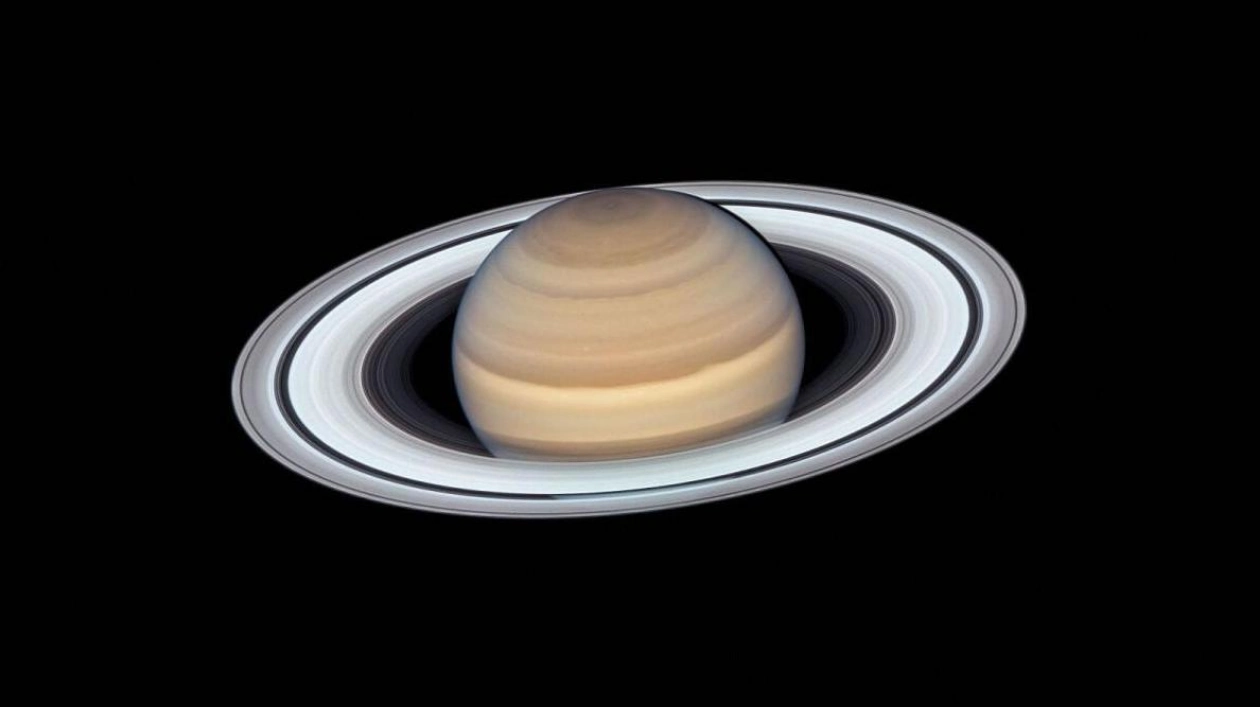On September 8, Saturn will be at its closest point to Earth this year, providing an awe-inspiring view of its rings and moons. During this 'opposition' period, the sunlight reflecting off the planet is directed back towards Earth, making its entire disk visible and thus brighter in the sky.
"The rings will be distinctly visible, and you may even spot some of its brighter moons," explained Khadijah Ahmad, the operations manager at the Dubai Astronomy Group (DAG), in an interview with Khaleej Times. "Saturn boasts 146 moons, with the larger and brighter ones such as Titan, Rhea, Dione, and Enceladus being observable through telescopes."
Saturn's opposition happens when the planet aligns perfectly with both the Sun and Earth, placing it directly opposite the Sun. "This alignment enhances Saturn's size and luminosity in the night sky, offering a remarkable chance to observe its rings and moons with enhanced clarity," the DAG detailed.
During this opposition, Saturn will be approximately 1.2 billion kilometers from Earth. "This event happens roughly once every 378 days, making it a notable event for both astronomers and the general public."
While the spectacle can be observed with the naked eye, a telescope is necessary to view the rings and moons. "Saturn will become visible at sunset, with the optimal viewing time being around midnight when it is most prominent. It will remain visible throughout the night until sunrise," Khadijah noted. "Saturn will continue to be visible in the sky for several weeks post-opposition, but it will be at its peak on September 8."
The DAG is organizing a paid event in Dubai's Al Lisaili Desert, where participants can observe Saturn through telescopes. In the previous month, three celestial events captivated the night sky: a 'blue' supermoon on August 19, a close conjunction of Mars and Jupiter on August 15, and the Perseids meteor shower on August 12.
Looking forward, supermoons are expected on September 18, October 17, and November 15. A supermoon occurs when a full moon coincides with its closest approach to Earth in its elliptical orbit.






